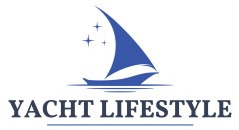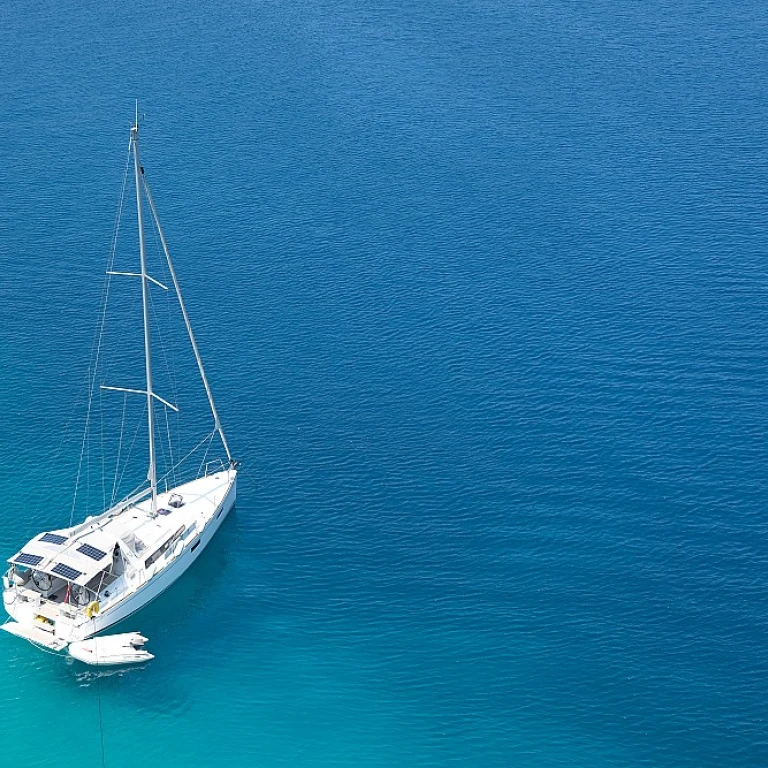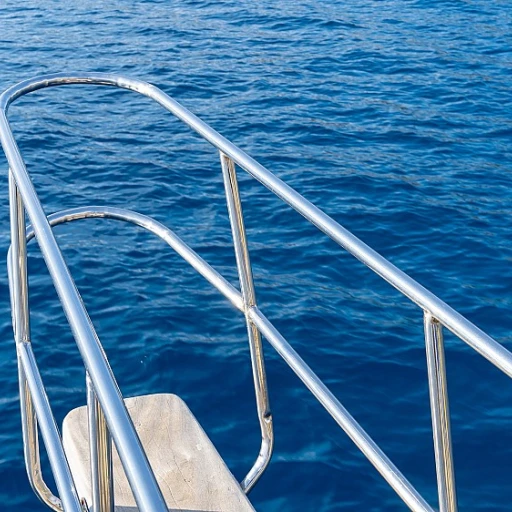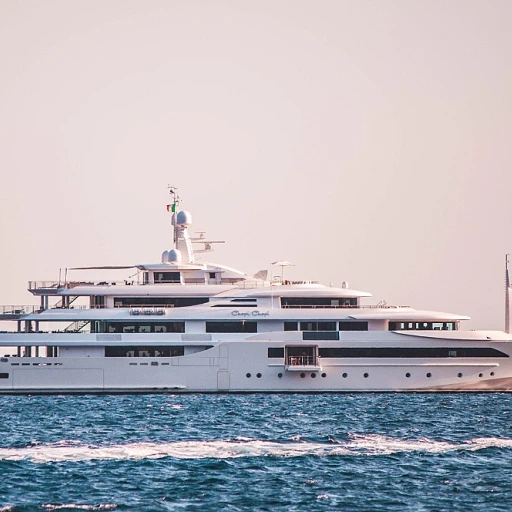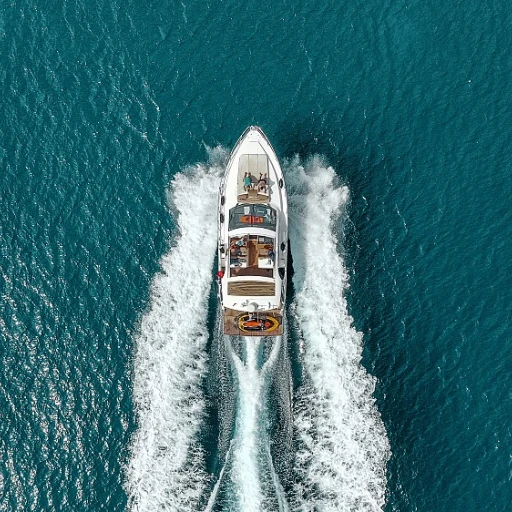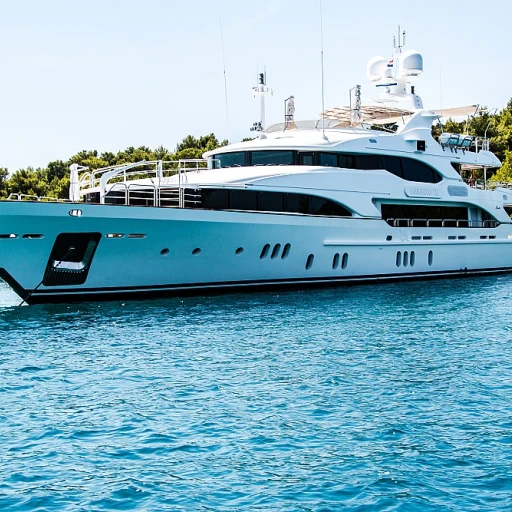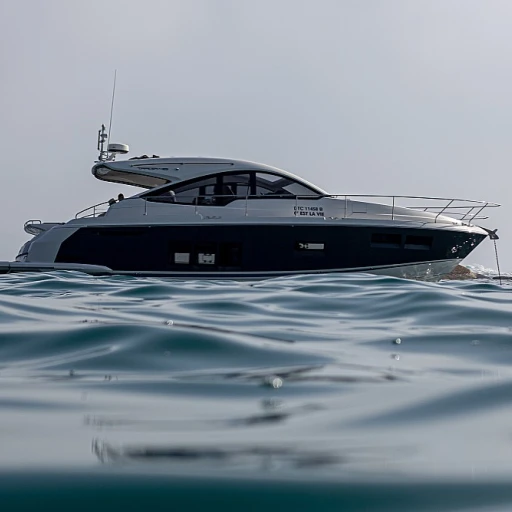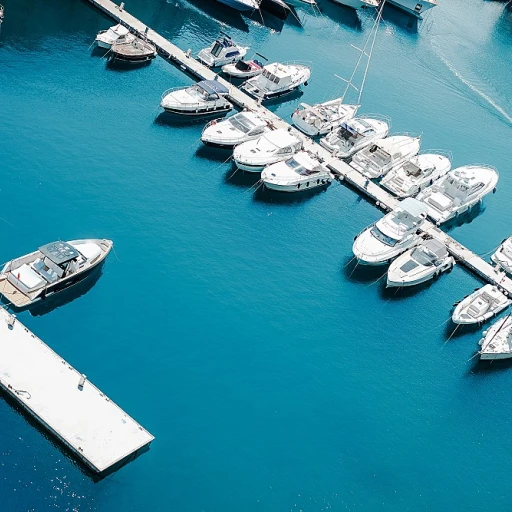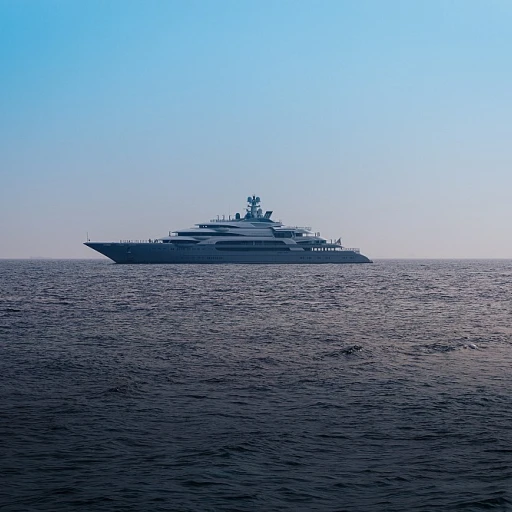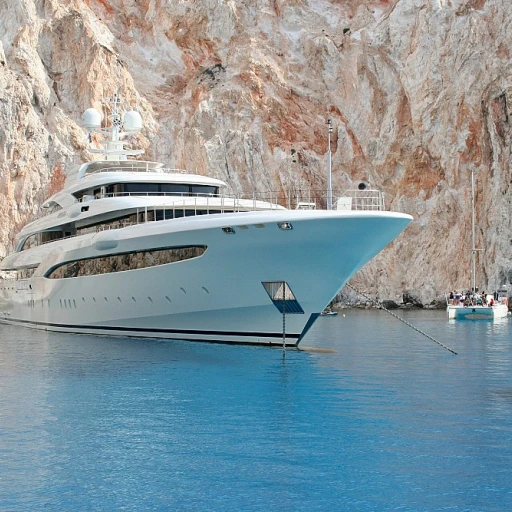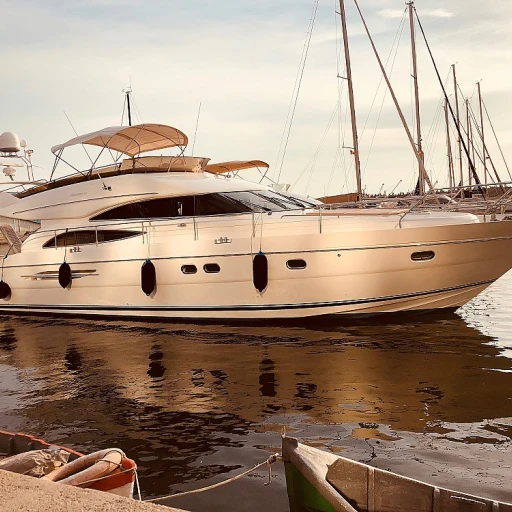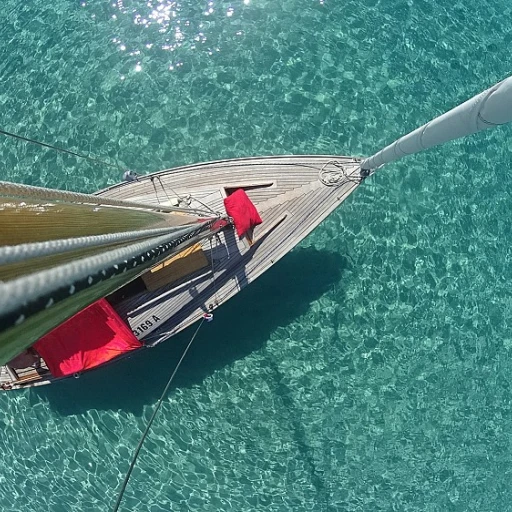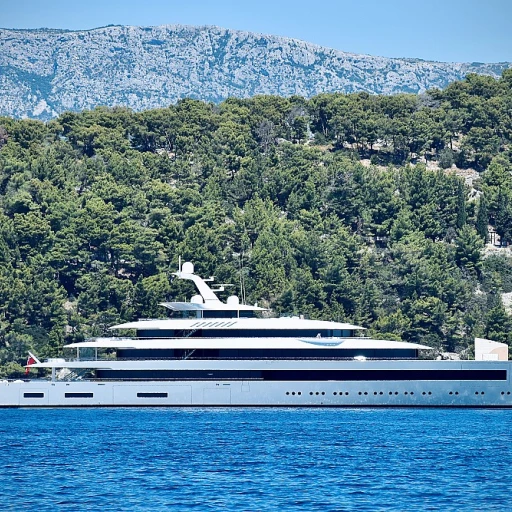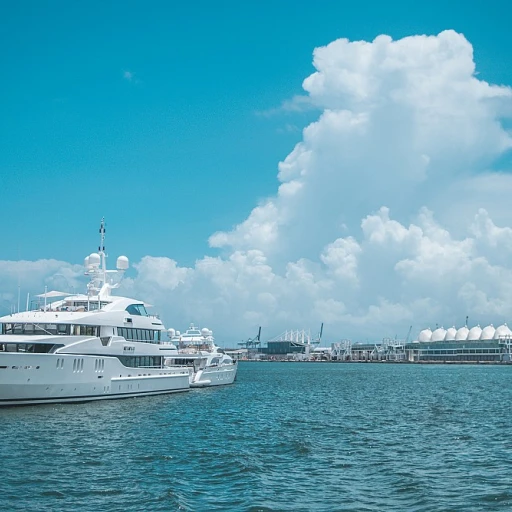
Defining a Yacht Charter Season
Understanding Yacht Charter Seasons
When diving into the world of yacht charters, the concept of a "charter season" is pivotal. A yacht charter season refers to specific times of the year when conditions are deemed ideal for sailing and experiencing the best that luxury yachts have to offer. It's a period when the weather is favorable, providing optimum conditions for yacht enthusiasts, crew, and charter companies to enjoy the open seas.
Yacht charter seasons can significantly vary based on geographical locations. For instance, the summer season in the Mediterranean is often considered the peak time for yacht charters, offering ideal weather conditions from May to October. In contrast, the Caribbean enjoys its high season during the winter months, when the weather is most welcoming.
The length of the yacht charter season is influenced by various factors, and understanding its duration can shape planning and strategy for both charter companies and clients. To explore further dynamics such as regional variations and economic implications, one can delve into resources like Exploring Opportunities.
Regional Variations in Charter Seasons
Regional Differences in Yacht Charter Seasons
When embarking on a yacht charter adventure, understanding the varying yacht charter seasons is crucial. Different regions of the world experience these seasons uniquely, primarily influenced by local weather conditions and climatic patterns. In the Mediterranean, the yachting season typically aligns with the European summer, making it a favored destination from April to October. This is when the weather conditions are ideal for sailing, perfectly complementing the bustling atmosphere of the Mediterranean summer season. By October, the drop in tourist numbers signals the transition into the quieter months. On the other hand, the Caribbean presents a contrasting picture. The best time for a charter yacht here is generally from December to April, during the Northern Hemisphere's winter months. The winter charter season in the Caribbean promises optimal weather, drawing yachting enthusiasts to its tropical allure. However, during the summer months, the Caribbean can be prone to storms, thus affecting the charter season length. These regional differences are essential for yacht crew and travelers to consider. They can directly influence the peak season prices and availability of luxury yacht charters. Moreover, anticipating the best time to charter ensures a memorable experience under favorable yachting conditions. Exploring these distinctions allows for strategic yacht charters, ensuring that every sailing adventure aligns perfectly with the desired weather and seasonal vibes that each region offers. Understanding these seasons also serves as an advantage for those considering extended voyages or year-round yacht enjoyment. This knowledge not only maximizes the yachting experience but also aids in planning where to set sail next. For those interested in exploring market-specific options, including the Fleming yachts available for purchase, it's important to align these purchases with the regional charter season to optimize their usage year-round.Factors Influencing Charter Season Length
Exploring the Dynamics Behind a Charter Season's Duration
The length of a yacht charter season can vary significantly based on an array of factors. These include geographic location, prevailing weather conditions, and yacht crew availability, among others. When considering a charter for the Mediterranean, for instance, one can anticipate a peak season, often in the summer months when the weather is at its finest. Here, yacht charters typically see a flurry of activity from May through October, harnessing the warm climate and bustling local ports.
Contrastingly, the Caribbean presents different dynamics, where the winter charter offers a retreat from colder climates thanks to its consistent warmth and clear waters during what is often termed the high season. Here, the best time for yacht enthusiasts tends to revolve around December to April when the conditions are favorable for tranquil sailing adventures.
Beyond weather, the availability and readiness of charter yachts and their crew play a crucial role. A longer yachting season may be supported by the tireless efforts of yacht crew who ensure that luxury yachts remain in peak condition. Additionally, evolving client preferences for off-peak or shoulder season charters can influence season durations as travelers seek unique experiences and competitive pricing.
Moreover, the impact of regular maintenance schedules, as well as economic and political stability in different regions, can further shape the charter landscape. Yacht owners and charter companies alike must navigate these factors to optimize the yachting season in their specific locales. For those tailored to the intricacies of the industry, crafting a cost-smart future may involve long-term chartering strategies. A deeper dive into such strategies highlights their potential to extend yacht ownership horizons effectively.
Impact of Climate Change on Charter Seasons
Adapting to Shifting Weather Patterns in Yachting
The impact of climate change on yacht charter seasons has become increasingly evident over recent years. As the global climate continues to evolve, the distinct advantages offered by traditional yachting destinations like the Caribbean and the Mediterranean are shifting. These changes directly influence the timing and length of charter seasons, compelling yacht enthusiasts and industry professionals to adapt their planning strategies. Unpredictable weather conditions have become more common, with a noticeable shift in the typical weather patterns that once defined summer and winter charter seasons. For instance, the Mediterranean, renowned for its summer season, now experiences prolonged warm months that extend the usual high season beyond its traditional boundaries. Warm autumnal conditions mean charters can stretch into October, presenting additional opportunities for those seeking the best time to enjoy these azure waters. Conversely, the Caribbean, typically favored for winter charters, increasingly encounters more severe weather disturbances and unpredictable sailing conditions due to hurricanes and storms, which now extend beyond their traditional timeframe. This has made yacht crews and charter yachts think twice about setting sail at certain times of the year, aligning their schedules more closely with shoulder seasons that offer safer conditions. Yachting season adjustments are not solely about seeking the sun; they also integrate sustainability considerations. The luxury yacht segment, in particular, is increasingly conscious of the environmental impacts associated with sailing during peak seasons. As a result, the industry is looking towards alternative times of year when weather conditions are optimal yet less impactful on the environment, balancing luxury experiences with eco-conscious yachting practices. It's crucial for charter yachts and their crews to remain updated on weather forecasts and longer-term climate predictions to optimize their operations and ensure safety. Flexible planning allows for a potential shift in charter season lengths, maximizing the enjoyment of yachting enthusiasts regardless of the changing vagaries of the climate.Economic Implications of Charter Season Duration
Financial Ramifications of Charter Season Duration
The length of a yacht charter season directly influences the economic landscape of the yachting industry, impacting yacht owners, charter companies, and local economies alike. A prolonged charter season, where yacht charters remain in demand beyond the traditional time frames, can present financial opportunities as well as challenges. Yacht owners who can offer their vessels during both peak seasons and shoulder seasons often experience increased revenue streams. The summer charter in the Mediterranean and the winter charter in the Caribbean allow yachts to remain active, maximizing their utilization across different yachting seasons. However, any extension into less predictable weather months must be strategically planned to avoid exposing yacht charters to risky weather conditions. For charter companies, having a consistent and extended charter season means more booking opportunities and an increased need for reliable yacht crew to manage operations. It’s crucial to anticipate that the best time for yacht charters may shift, requiring charter companies to adapt and realign their marketing strategies to cater to these new patterns. Local economies that thrive on tourism, particularly in yacht hotspots like the Mediterranean and Caribbean, benefit from longer charter seasons as well. The influx of visitors during extended high seasons boosts revenue for local businesses, fostering economic resilience throughout the year. Towns that traditionally experienced economic slowdowns outside of peak season can sustain a steadier flow of economic activity. One of the anticipated challenges in maintaining longer charter seasons is the potential strain on yacht crew and infrastructure. Frequent sailing without adequate time for maintenance can compromise yacht conditions, leading to potential setbacks if not effectively managed. Ultimately, while the impacts of climate change and regional variances can alter traditional yachting seasons, understanding and adapting to these changing dynamics can offer lucrative opportunities. Yacht owners and charter companies must assess their operations continually to navigate these shifts and optimize the financial success of their ventures over more extended charter durations.Strategies for Extending the Charter Season
Enhancing the Longevity of Your Yacht Charter Season
The pursuit of extending the duration of the yacht charter season is not just a matter of increasing business but also of making yacht chartering more accessible and enjoyable throughout the year. Leveraging strategic planning and adaptive measures can ensure a more prolonged and effective use of yachts, regardless of regional and seasonal variations.- Geographical Diversification: One of the primary strategies is to take advantage of different yachting seasons worldwide. For instance, when the summer season in the Mediterranean winds down, charter yachts can relocate to the Caribbean where the weather conditions remain favorable. This flexibility allows for a nearly year-round charter season.
- Targeting Shoulder Seasons: The shoulder seasons, those transitional periods between peak and off-peak times, offer a distinct opportunity to capitalize on favorable weather patterns and fewer crowds. Highlighting the unique charm of yacht charters during these months can attract a segment of clients looking for a more serene experience.
- Offering Specialized Packages: By creating tailored yacht charter packages that focus on specific activities or experiences, one can attract clients during off-peak times. Winter charters, for example, can promote onboard luxuries and exclusive events, turning what is traditionally a quiet period into a sought-after time year for chartering.
- Weather-Adaptive Yachts: Investing in yachts that are designed to handle diverse weather conditions can greatly enhance the appeal during various yachting seasons. Modern yachts equipped with advanced technology for comfort and safety in diverse climates will naturally become all-season favorites.
- Strong Marketing and Partnerships: Collaborating with local tourism boards and businesses can help create an appealing narrative about the benefits of yacht charters regardless of the traditional high season. By aligning marketing efforts with local events and festivities, yachts can remain a vibrant option throughout the year.
